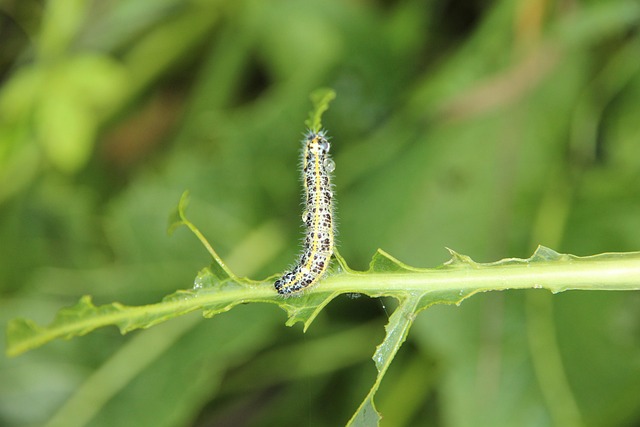Eco-friendly pest control is a growing trend that replaces toxic chemicals with natural solutions, such as organic repellents, integrated pest management (IPM), and biological control. This approach minimizes ecological damage, reduces costs over time, promotes biodiversity, and caters to the demand for chemical-free options. By understanding predator-prey relationships and implementing sustainable practices like IPM, communities can achieve effective yet environmentally conscious pest control, contributing to long-term ecosystem health. Modern technologies and community involvement further revolutionize pest control, ensuring a safer and more vibrant future for all.
Looking for a greener way to manage pests? Eco-friendly pest control offers a sustainable alternative, prioritizing environmental safety without compromising effectiveness. This article explores the growing movement towards environmentally conscious pest management. We’ll delve into understanding eco-friendly practices, benefits of choosing green solutions, natural predators for common pests, and innovative technologies. Additionally, we’ll discuss community involvement in promoting these sustainable practices, highlighting the transformative potential of adopting eco-conscious pest control methods.
Understanding Eco-Friendly Pest Control: A Green Approach
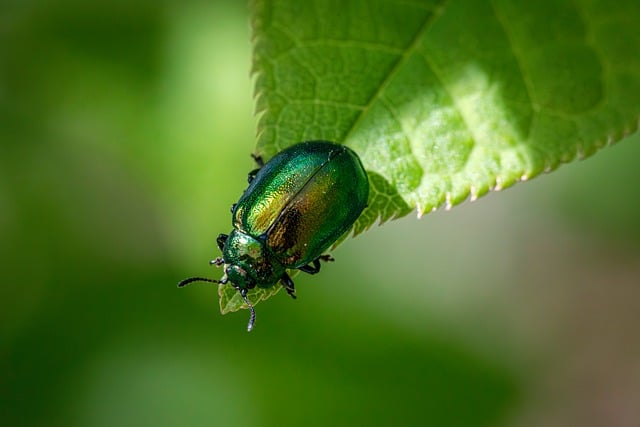
Eco-friendly pest control represents a revolutionary approach in the traditional pest management industry, prioritizing environmental sustainability alongside effective treatment. Unlike conventional methods that often rely on toxic chemicals, eco-friendly practices employ natural solutions and organic compounds to eliminate or deter pests. This green alternative not only minimizes harm to non-target organisms, including beneficial insects and wildlife, but also reduces the risk of chemical residue impacting air quality, water sources, and soil fertility.
By understanding the ecological impact of pest control, individuals and businesses can make informed decisions that preserve the balance of ecosystems while maintaining a healthy living or working environment. Eco-friendly methods such as integrated pest management (IPM), biological control, and the use of natural repellents offer effective solutions without compromising the well-being of our planet. These practices are particularly important in today’s world where chemical-free options cater to the growing demand for sustainable and non-toxic living.
The Benefits of Choosing Environmentally Safe Solutions
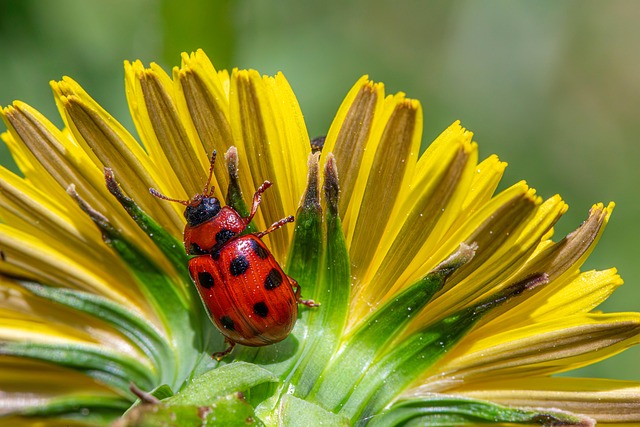
When it comes to pest control, opting for environmentally safe solutions offers a multitude of benefits. Firstly, these methods minimize the ecological impact by reducing the use of toxic chemicals that can contaminate soil, water bodies, and even indoor air. Many conventional pesticides have been linked to various health issues and harm to beneficial insects like bees and butterflies. By choosing eco-friendly alternatives, you contribute to preserving the natural balance and promoting a healthier environment.
Additionally, green pest control solutions are often more sustainable in the long term. They focus on prevention and non-toxic deterrents, which can save costs over time. Natural methods also promote biodiversity by encouraging the presence of natural predators like birds, spiders, and beneficial insects, helping to maintain a balanced ecosystem within your surroundings, including your home or workplace.
Common Pests and Their Natural Predators
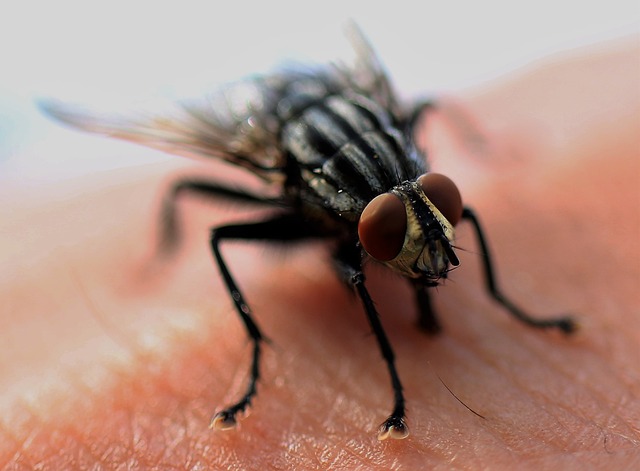
In many ecosystems, the balance between organisms is maintained by natural predators—one of the key principles behind eco-friendly pest control. Common pests like rodents, aphids, and beetles often have natural enemies within their own species or other related organisms. For instance, certain birds are known to feed on aphids, helping to control their populations without the need for synthetic chemicals. Similarly, spiders and ladybugs are effective predators of various insects, making them valuable allies in any garden or agricultural setting.
Understanding these natural relationships is essential in implementing eco-friendly pest control methods. By promoting and fostering the presence of these beneficial organisms, individuals can create a more sustainable and balanced environment. This approach not only reduces reliance on chemical pesticides but also contributes to overall ecosystem health, ensuring that natural predators remain in place to regulate pest populations for years to come.
Integrated Pest Management (IPM): A Holistic Strategy

Integrated Pest Management (IPM) is a holistic strategy for pest control that considers the environment and focuses on preventing, controlling, and eliminating pests in a sustainable manner. Unlike traditional methods that heavily rely on synthetic chemicals, IPM employs a combination of techniques such as biological controls, habitat manipulation, modification of cultural practices, and targeted use of chemical pesticides only when necessary. This approach not only reduces environmental pollution but also promotes biodiversity by encouraging natural predators and beneficial insects.
By adopting IPM principles, pest control becomes an integrated part of overall farming or facility management practices. Regular monitoring and early detection of pests are key components, allowing for timely interventions without causing undue harm to ecosystems. This method also helps build resistance in plants against pests and diseases over time, further reducing the need for chemical interventions. In essence, IPM is a responsible and eco-friendly approach to pest control that balances effectiveness with environmental stewardship.
Organic Repellents and Their Efficacy
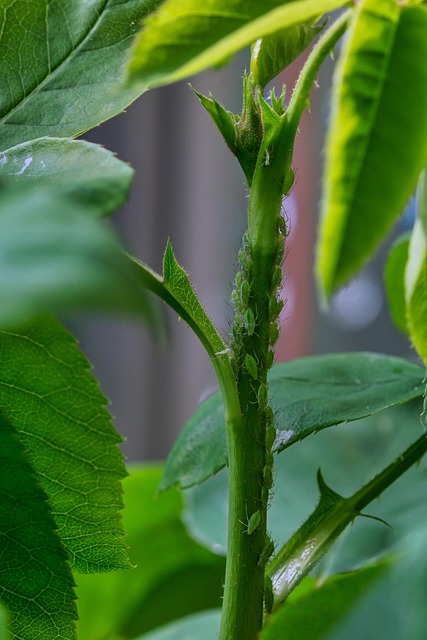
Organic repellents have gained popularity as an eco-friendly alternative to traditional pest control methods. These natural products, derived from plants and essential oils, offer a safe and sustainable solution for keeping pests at bay. Their efficacy has been a subject of interest, with many studies showing promising results. Ingredients like citronella, lavender, and peppermint oil have proven effective in repelling mosquitoes, flies, and even certain types of insects.
Unlike synthetic chemicals, organic repellents are non-toxic and biodegradable, making them ideal for homes, gardens, and areas where children and pets play. While they may not offer the same immediate results as chemical sprays, their long-term use can be highly effective in managing pest populations naturally. The key lies in choosing the right blend of organic compounds tailored to the specific pest issue at hand.
Modern Technologies in Eco-Conscious Pest Control

Modern technologies are revolutionizing the field of pest control, offering eco-conscious alternatives that are both effective and environmentally friendly. One such innovation is the use of biological control agents, such as beneficial insects and microorganisms, to naturally suppress pests. This approach mimics nature’s balance by introducing predators that feed on harmful insects, reducing the need for chemical pesticides.
Additionally, advanced monitoring systems and smart sensors enable precise pest detection and targeted treatment. These technologies allow for the early identification of pest infestations, minimizing the environmental impact by applying treatments only where needed. With a focus on sustainability, these modern methods in eco-friendly pest control are transforming the industry, ensuring healthier ecosystems while maintaining pest management standards.
Community Involvement: Promoting Sustainable Practices

Community involvement plays a pivotal role in promoting eco-friendly pest control practices. By educating residents about sustainable alternatives to traditional chemical pesticides, we can foster a collective responsibility for environmental well-being. Encouraging simple yet effective methods like integrated pest management (IPM), organic repellents, and beneficial insects can significantly reduce the reliance on synthetic chemicals. Community gardens and green spaces become living classrooms where folks can learn about natural pest control and its benefits.
Local governments and community organizations can lead the charge by offering workshops, distributing informational materials, and providing resources for adopting sustainable pest control methods. This collaborative approach not only enhances the quality of life in our neighborhoods but also contributes to a healthier ecosystem. When everyone takes a proactive stance, we can effectively manage pests while preserving the balance of nature, making our communities safer and more vibrant for future generations.
